Epidemiology of Infectious Diseases: Risk Management Report
VerifiedAdded on 2023/06/03
|19
|1560
|116
Report
AI Summary
This report examines the epidemiology of a tuberculosis outbreak in Auckland, New Zealand, focusing on infection risk management. It begins by defining the disease and the microorganism responsible, Mycobacterium tuberculosis. The report then identifies the affected population, patterns of disease transmission, and characteristics of individuals contributing to the outbreak, including immigrants, those with HIV, and those in congested and low-income areas. Epidemiological data, including tables showing risk factors among immigrants, is presented to outline the outbreak's course. The report further discusses surveillance strategies used to monitor and control the disease, emphasizing the importance of early case identification and antibiotic vulnerability monitoring. Finally, it analyzes the relationship between research and health interventions, highlighting the role of education, awareness, and adherence to medication in reducing tuberculosis incidence. The report underscores the importance of testing, particularly for immigrants, and the need for comprehensive public health measures.
1 out of 19
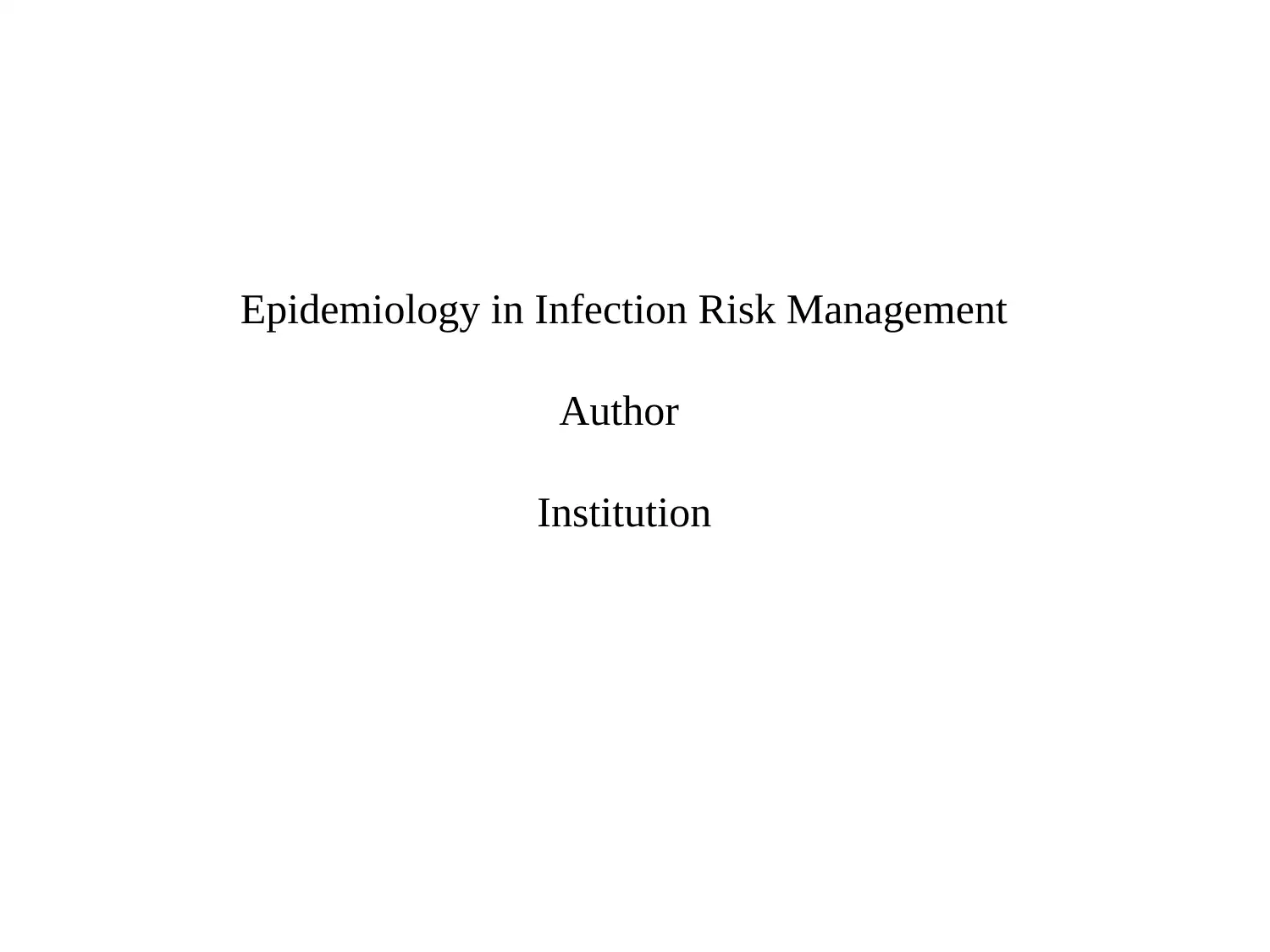
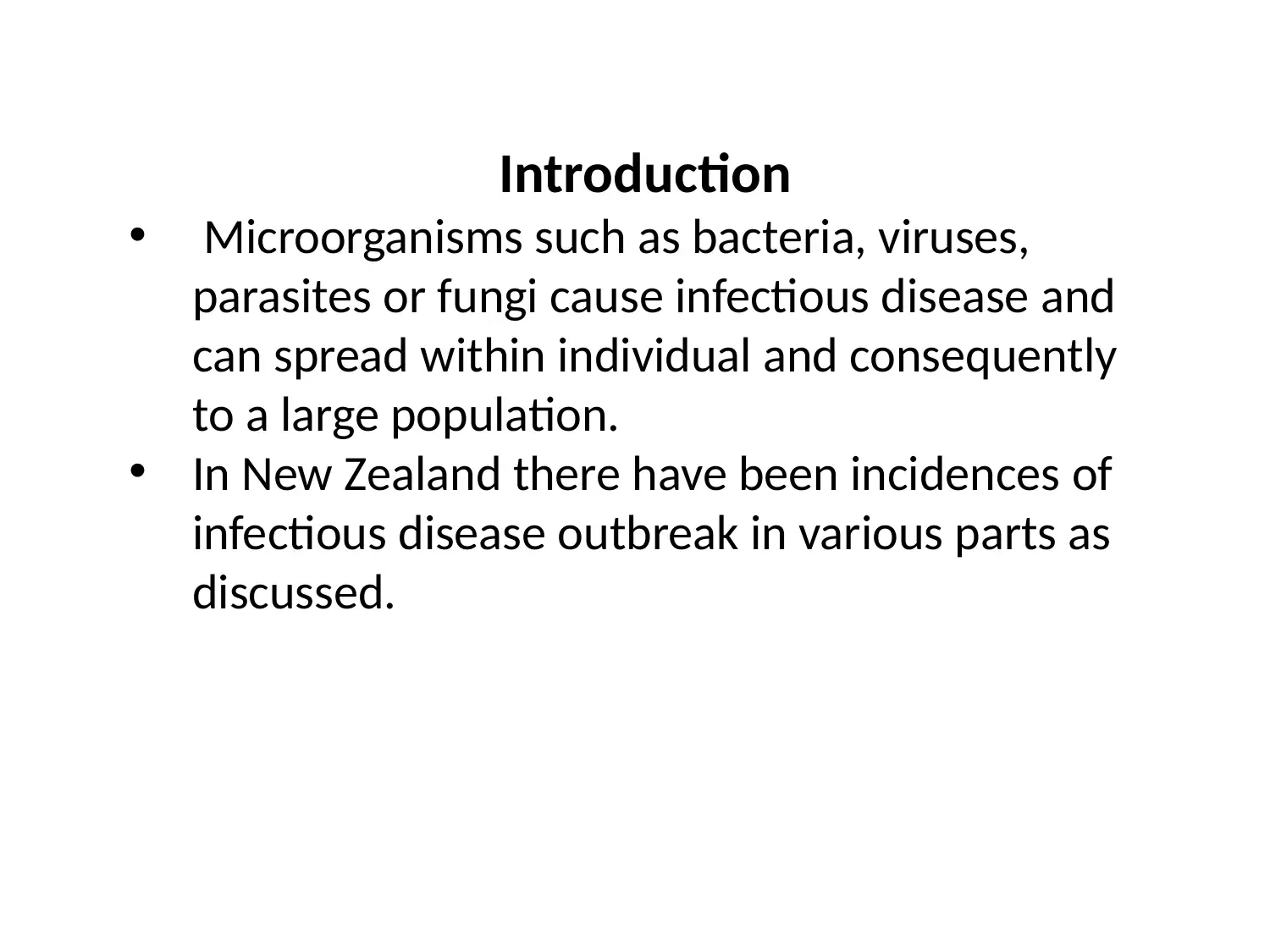
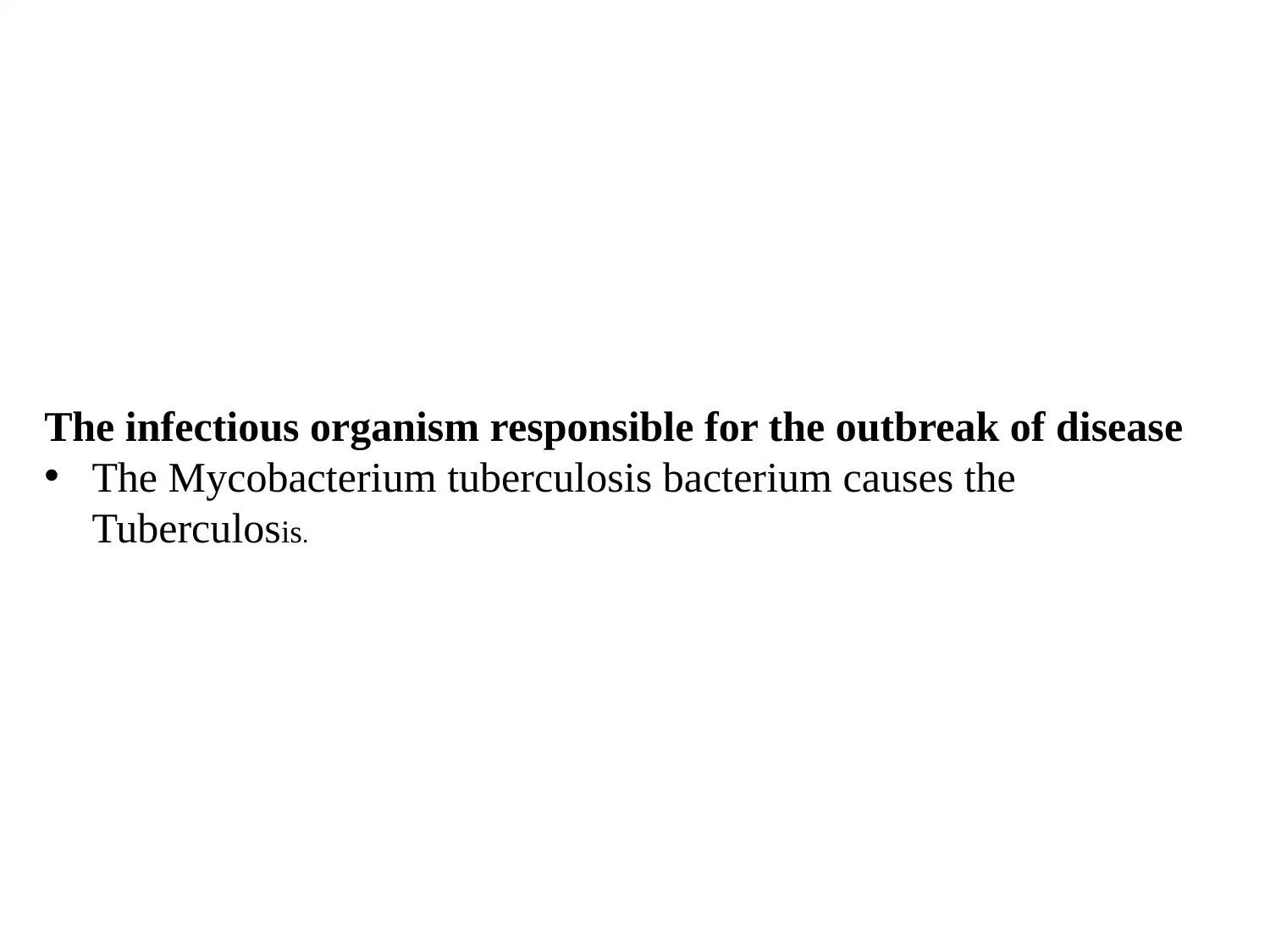

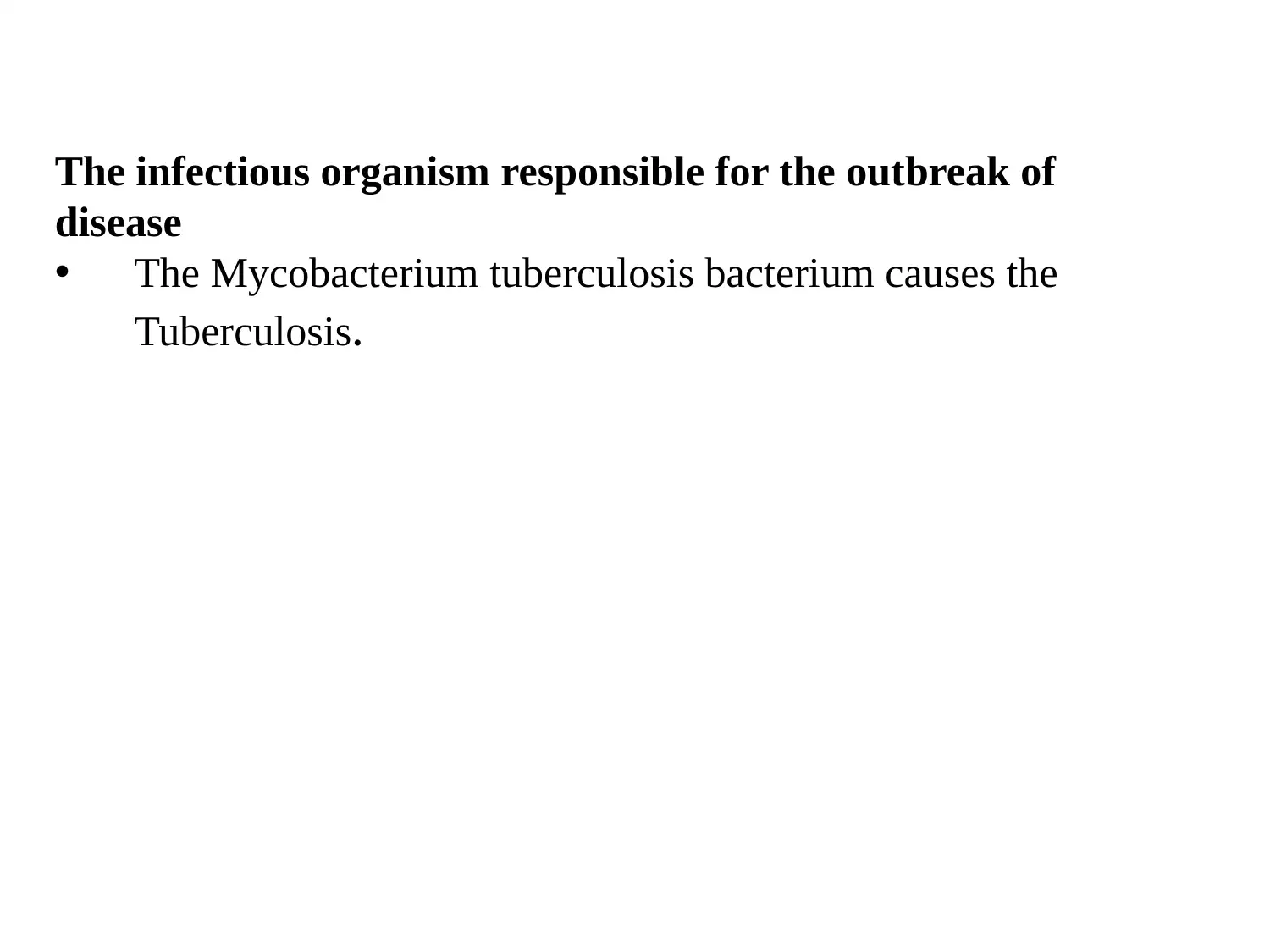
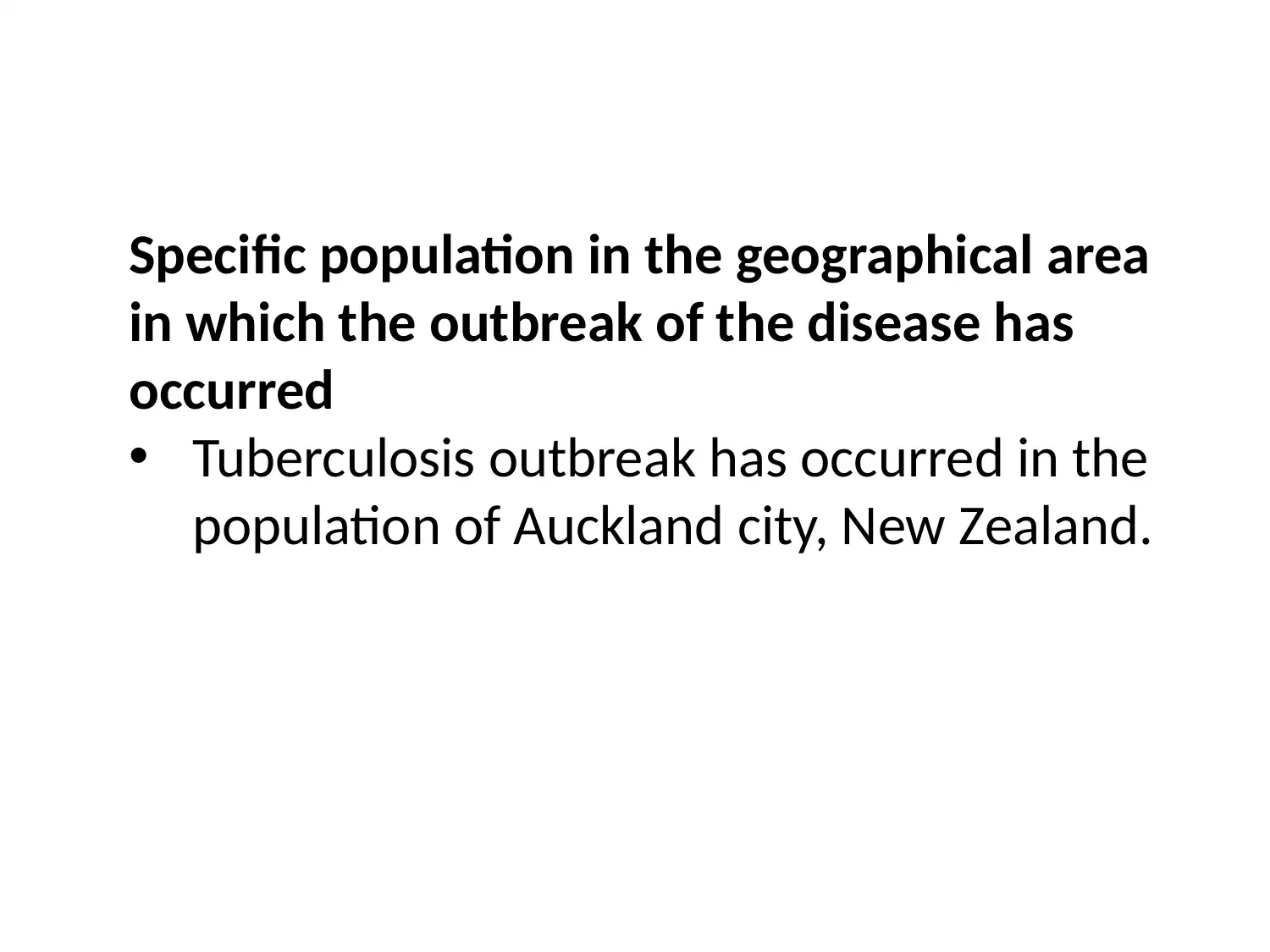
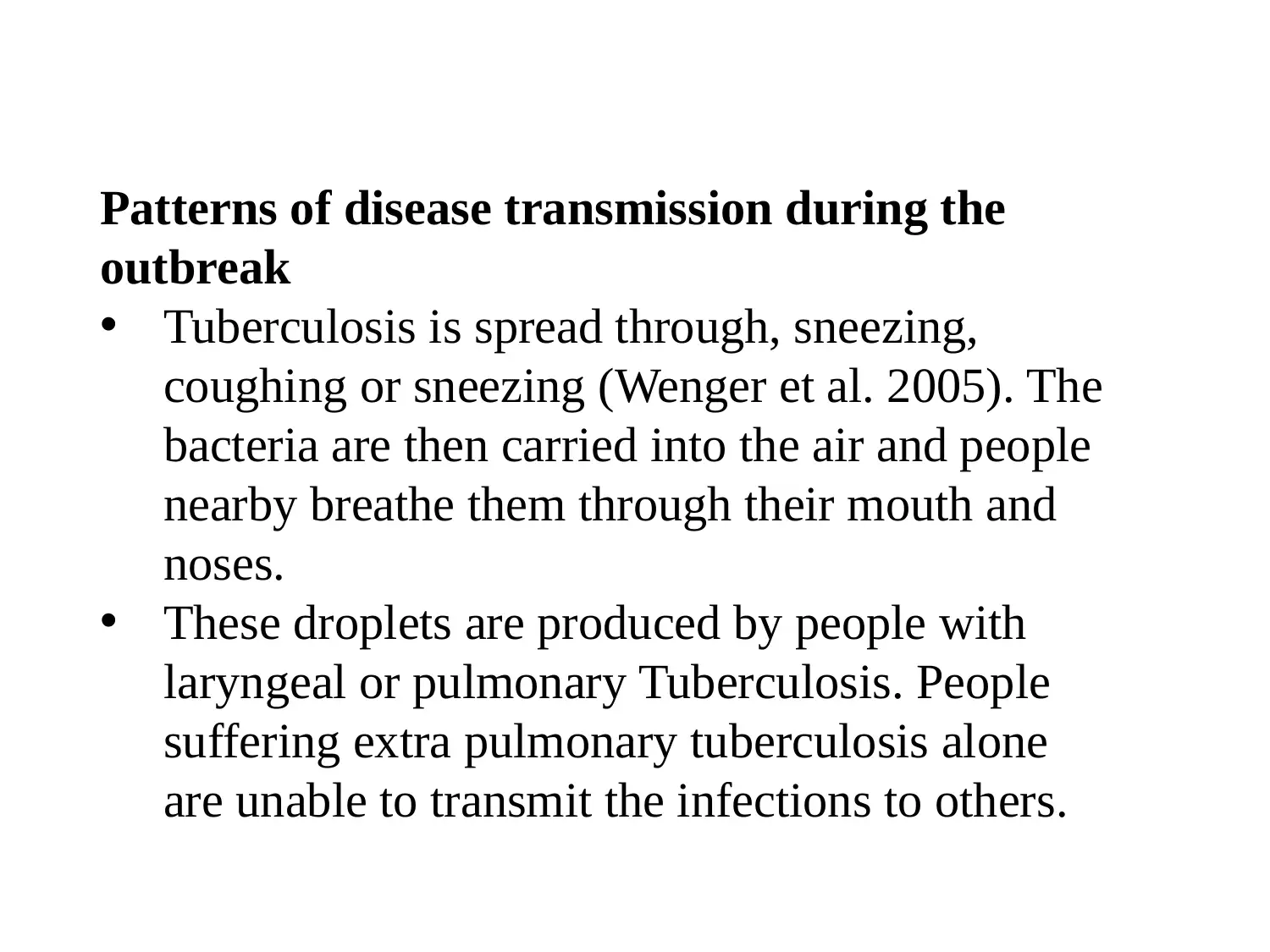

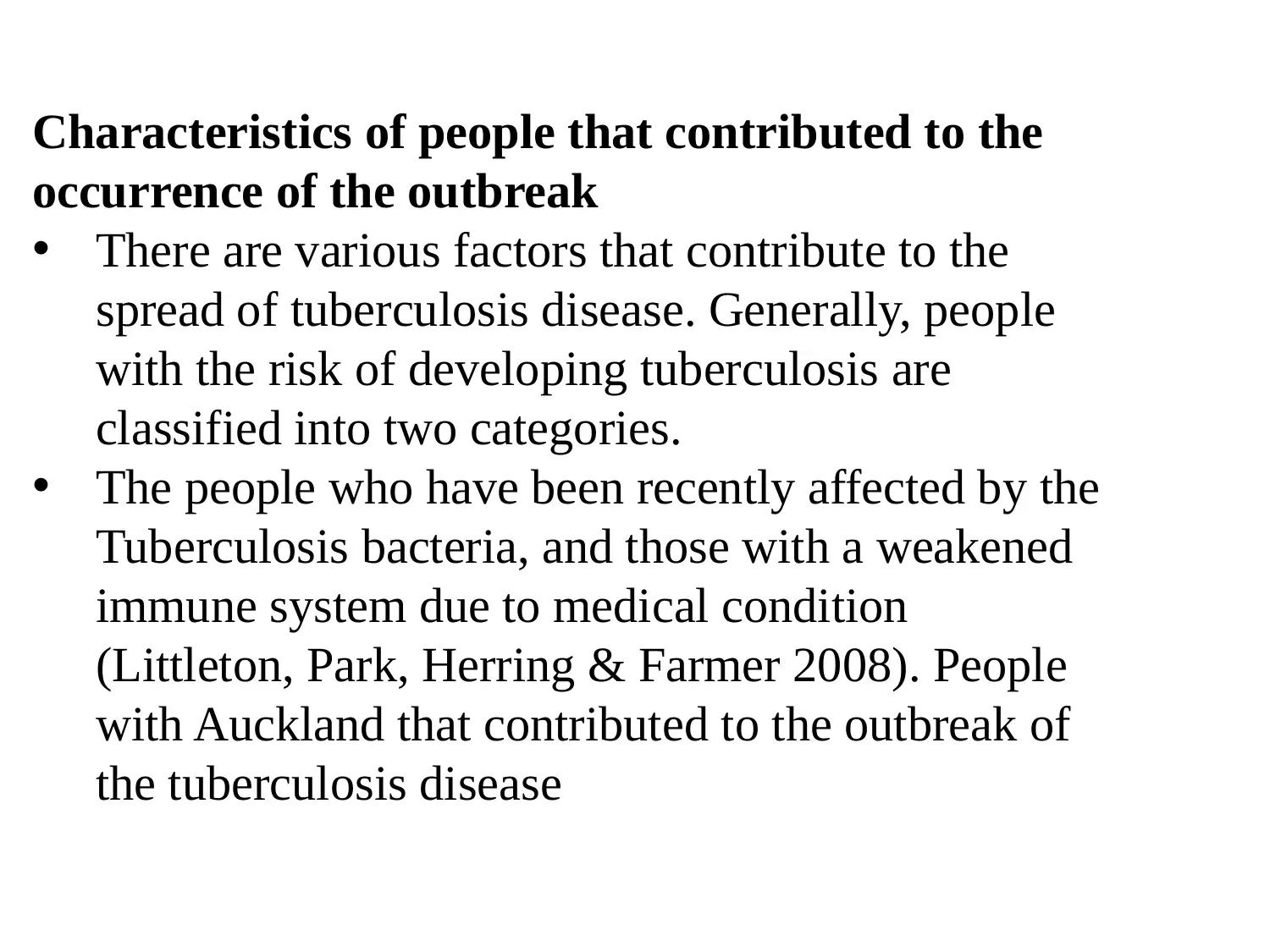
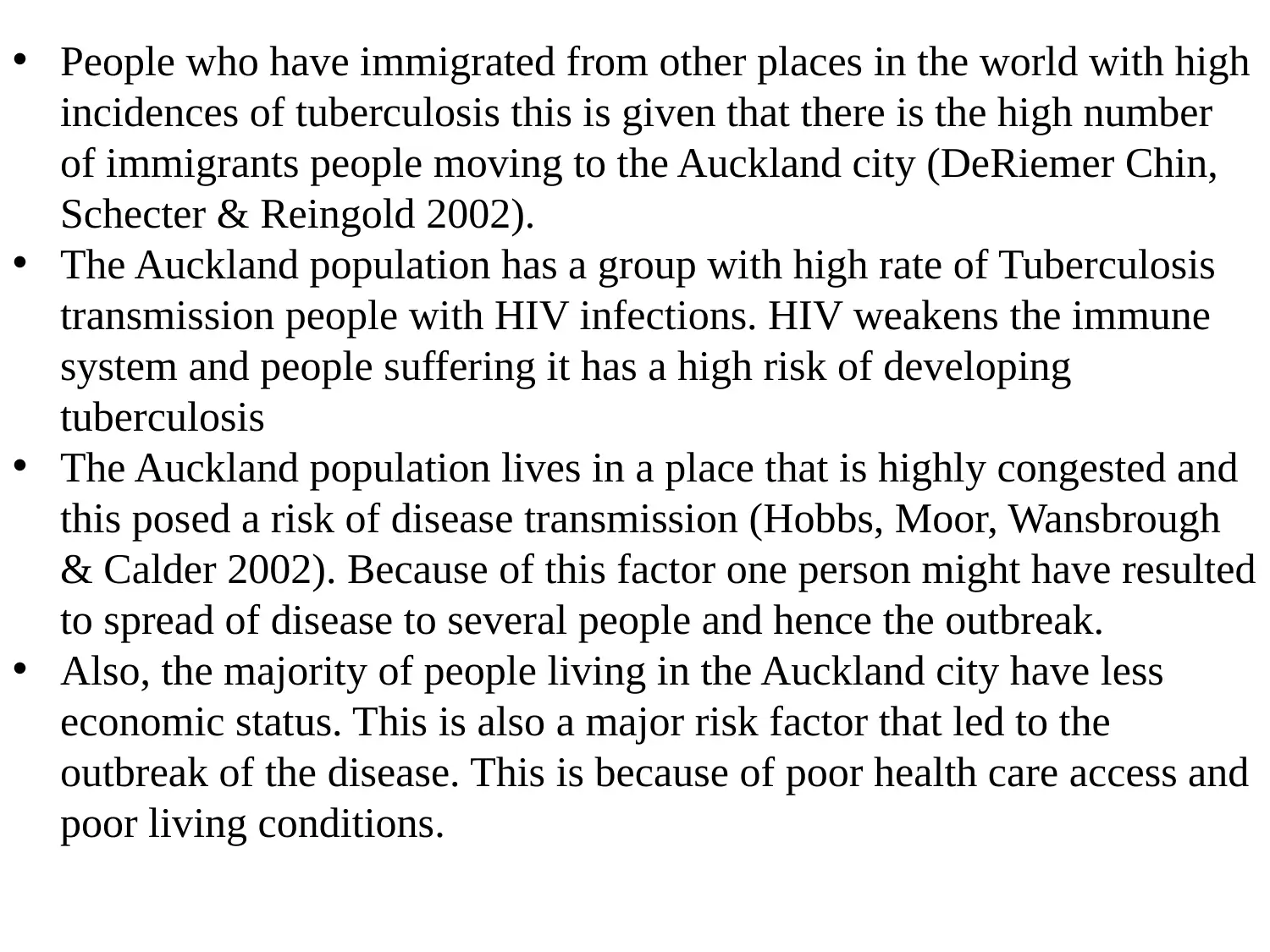
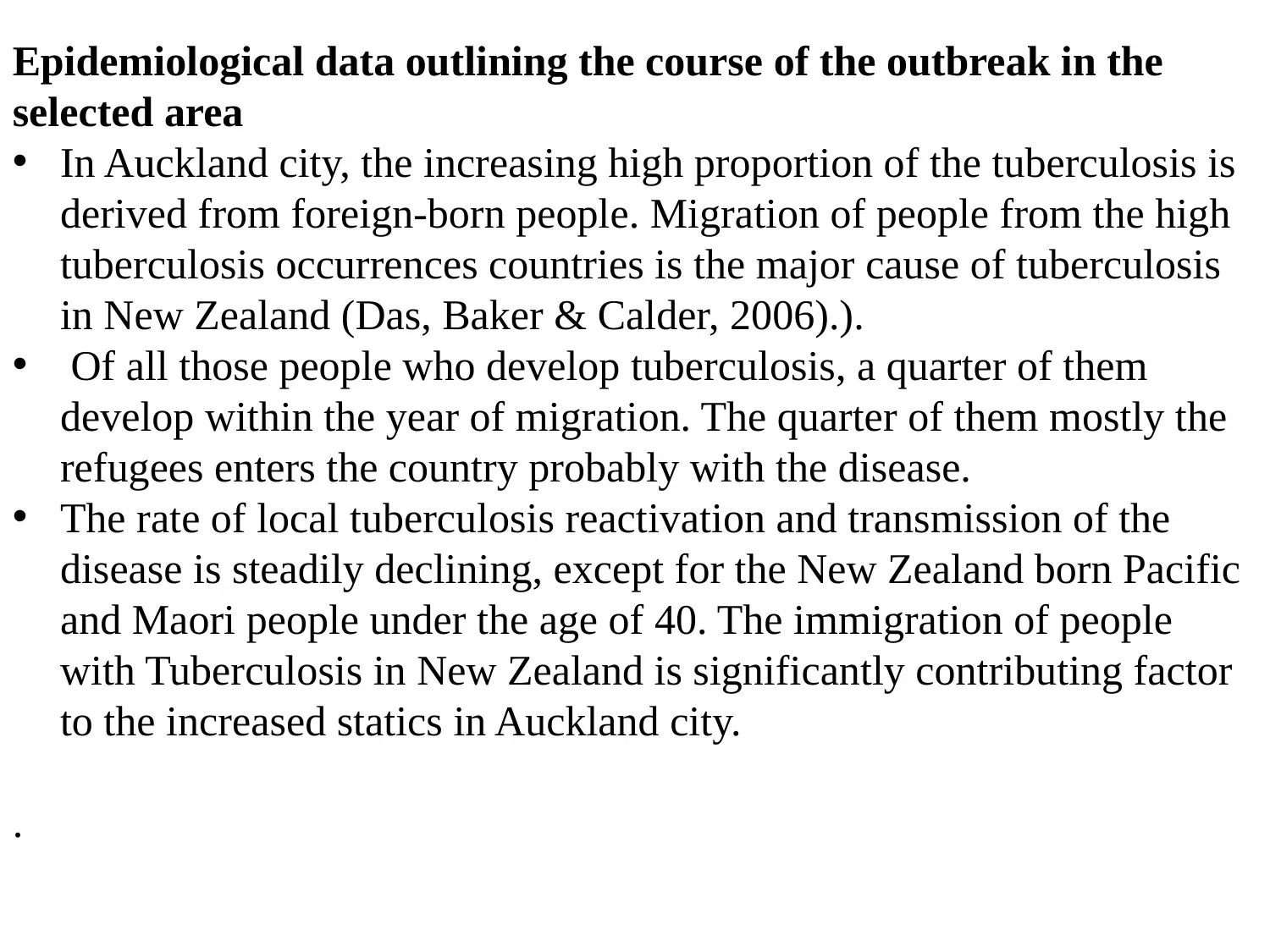
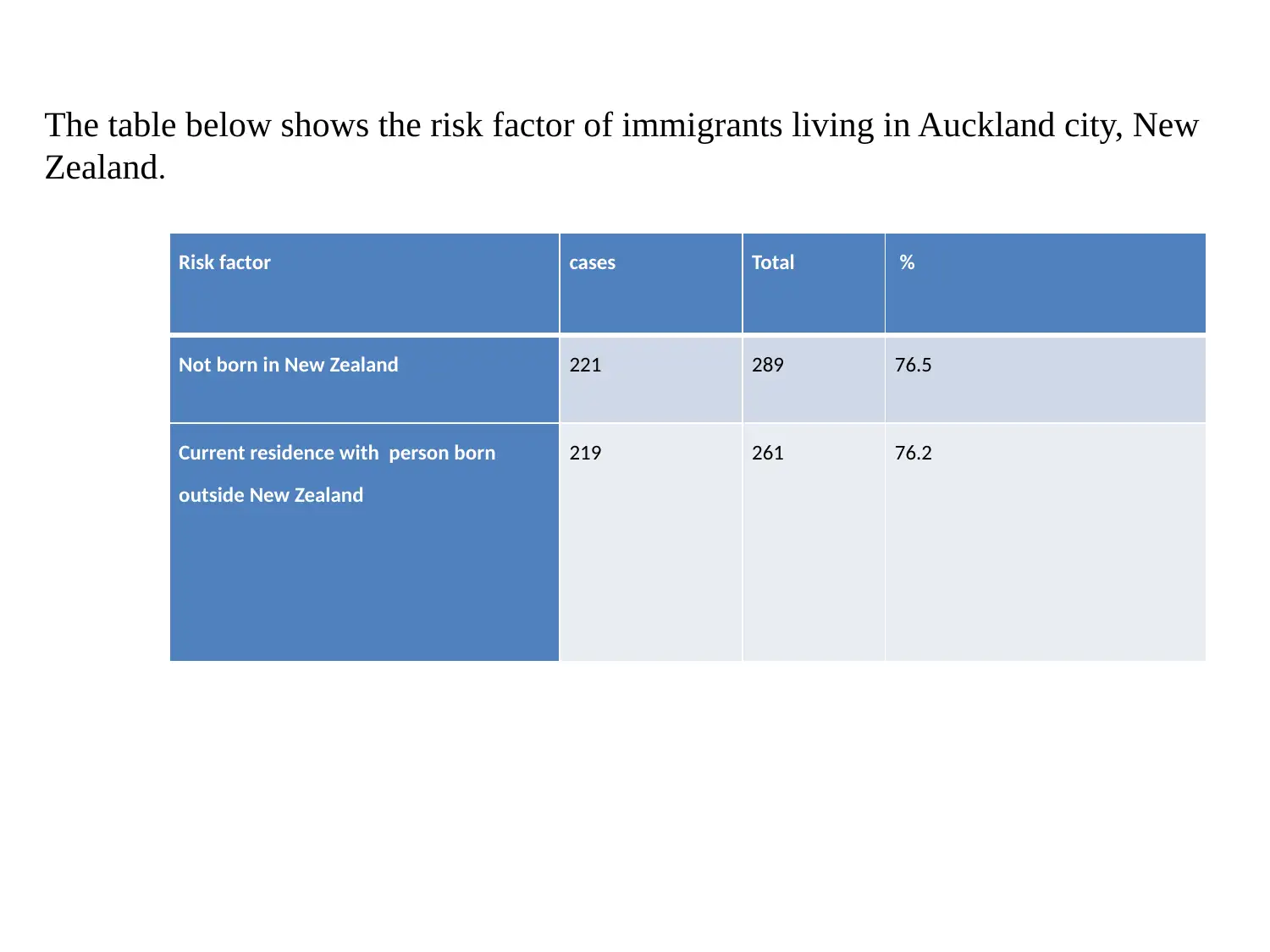
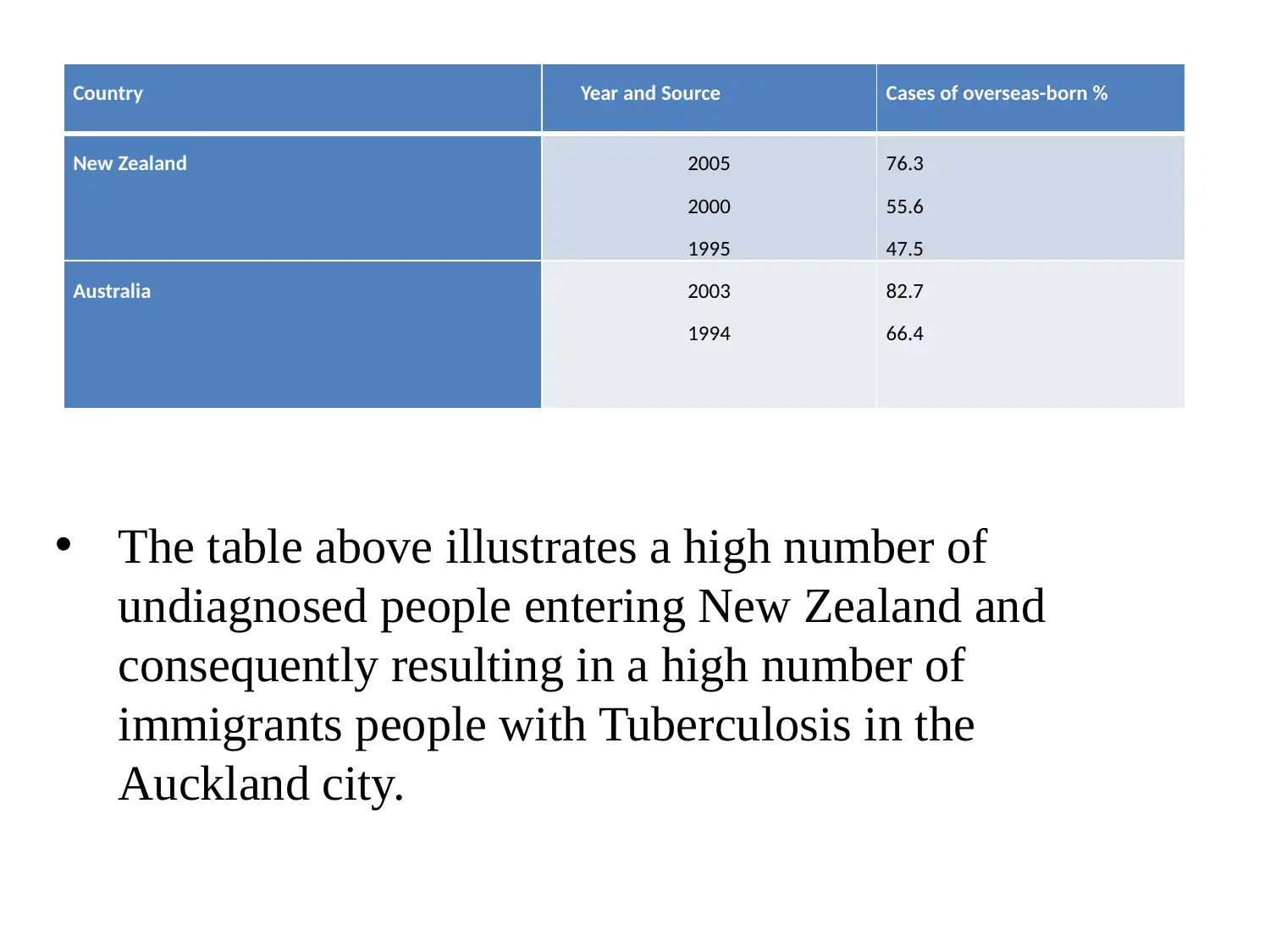






![[object Object]](/_next/static/media/star-bottom.7253800d.svg)